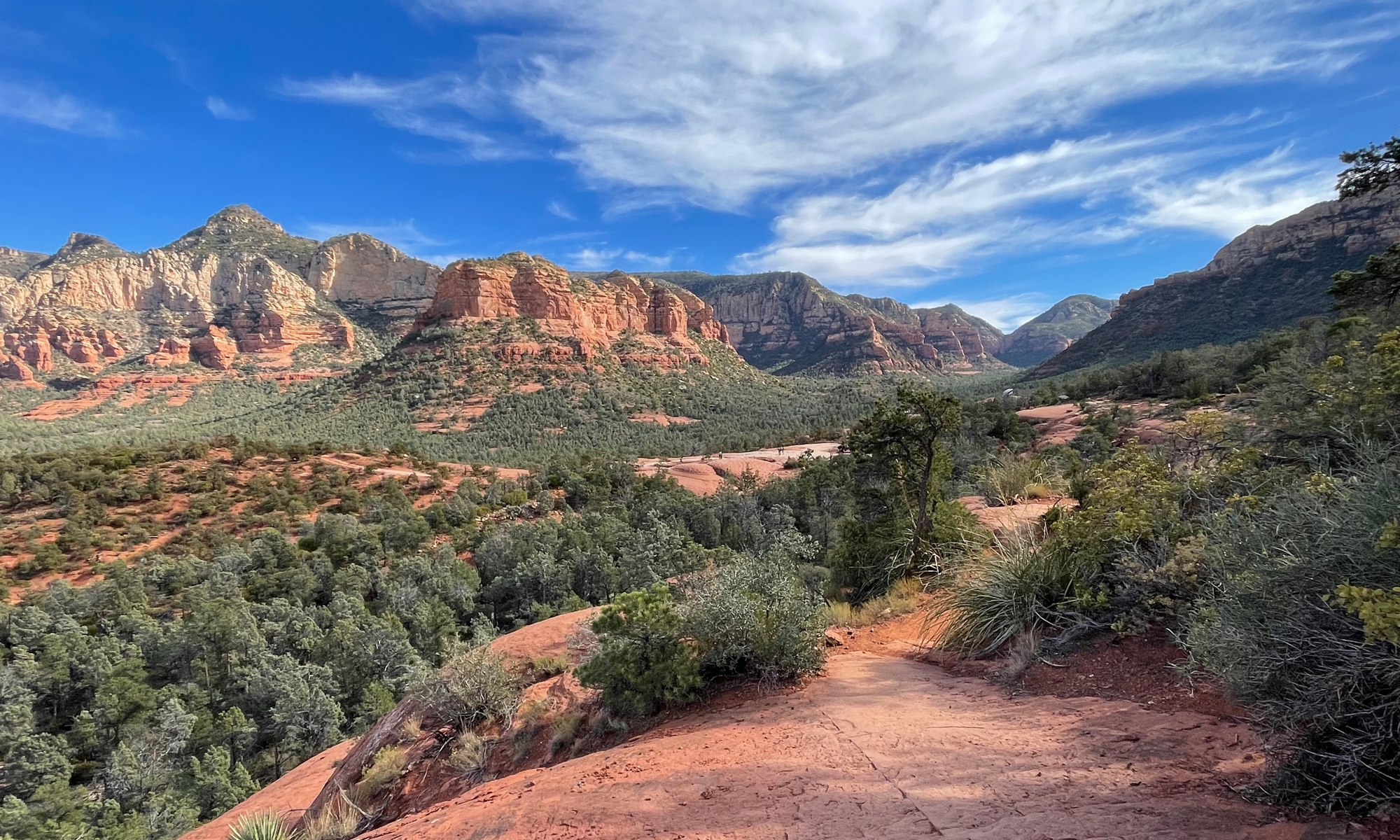If you’d like to see a map of the park districts, click here. If you follow that link and scroll down once you reach the destination page, you can see hiking maps from both districts.
The entrance to SGNPe is a quick four-mile drive from our house. SGNPw is about a 30-mile/40-minute drive on the opposite side of town from our house. I hike often at SGNPe. When it’s not crazy-hot here, that is. I have not done any hiking at SGNPw yet, but I plan to change that between now and the end of May 2025.
Today, a friend and I went to SGNPe for an easy four-mile hike. It’s a rare cloudy and rainy day here, but that’s okay. It still felt good to be out hiking through the desert. The cool weather was actually a plus. We were out there for a couple of hours and only experienced rain for about the last 30 minutes. The cloudy skies made for some interesting light.
Below are some of the images I captured to share here.
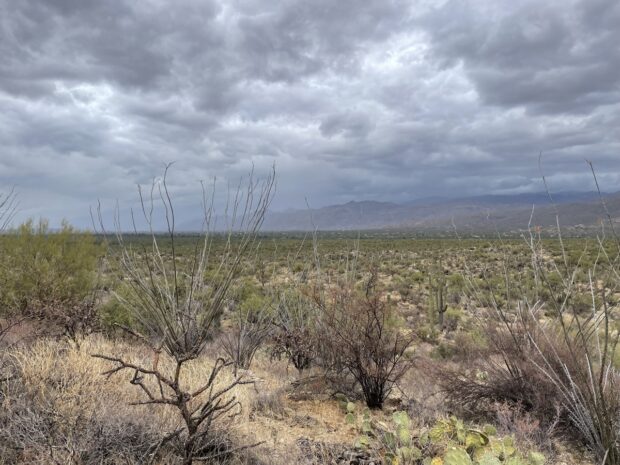
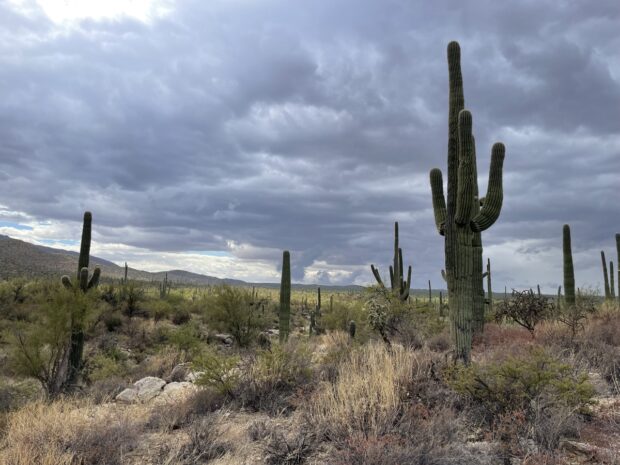
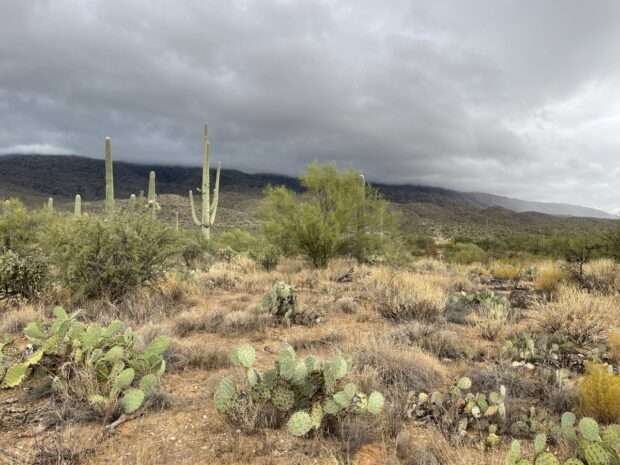
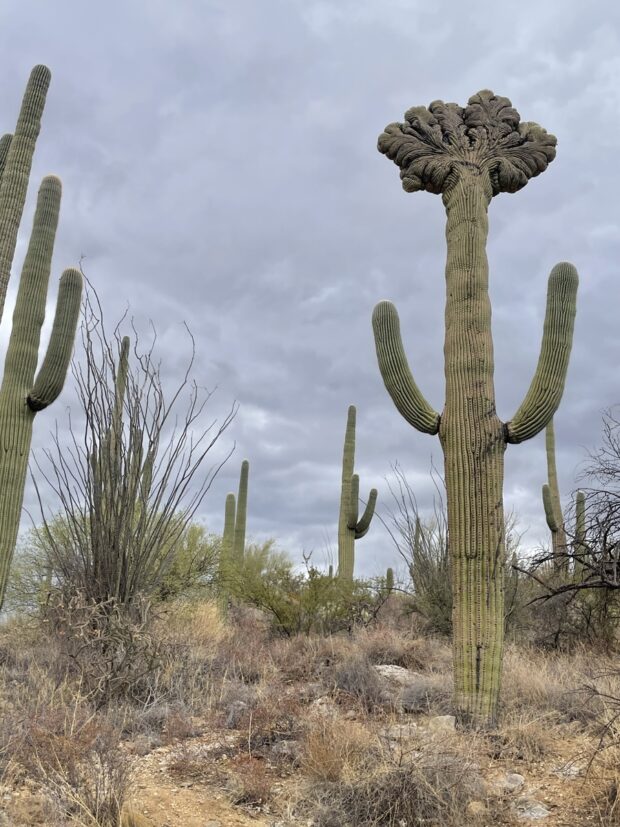
When I Googled “crested saguaro” I got an AI-generated overview, which I decided to share here:
A crested saguaro, also known as a cristate saguaro, is a rare form of the saguaro cactus that has an unusual fan-like crest at the top instead of the typical cylindrical arms. The crest can take on many shapes, including intricate ripples or brain-like formations.
Here are some things to know about crested saguaros:
Only about 1 in 200,000 saguaros grow a crest, and they usually start to develop a crest when they are around 60 to 80 years old.
The exact cause of the crest is unknown, but some theories include a genetic mutation, lightning strike, or freeze damage.
Even with a crest, crested saguaros can still produce flowers, fruits, and arms.
You can see crested saguaros at the Desert Botanical Gardens (Phoenix), the Arizona-Sonora Desert Museum (Tucson), the University of Arizona Campus (Tucson), and Saguaro National Park Tucson).
The Crested Saguaro Society documents and photographs crested saguaros. They have found about 2,200 crested saguaros in Arizona.

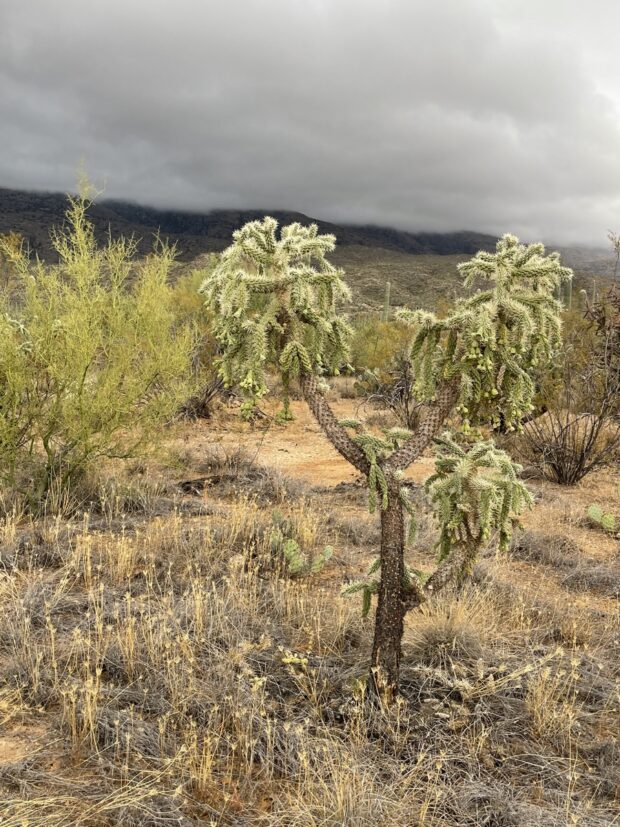
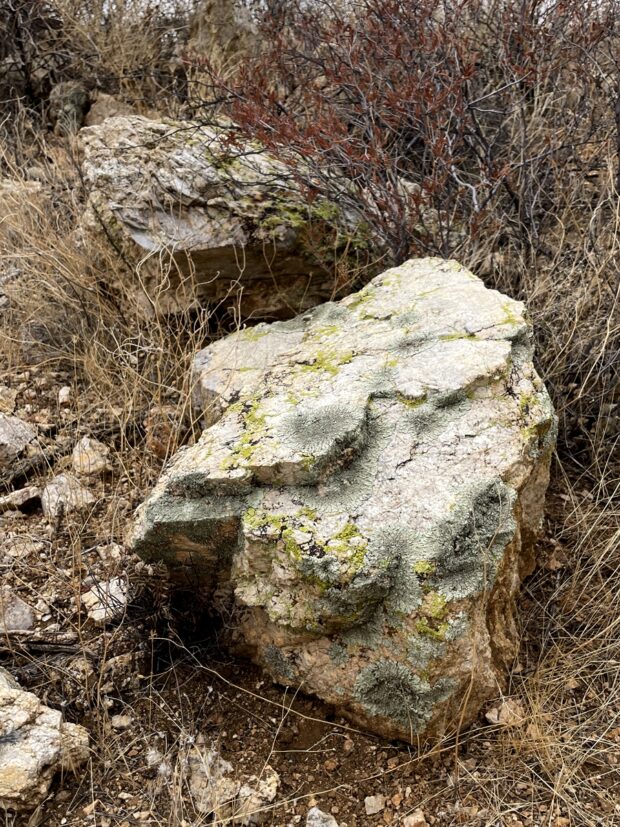
I hope you enjoyed the pics. I am already looking forward to my next hike.
